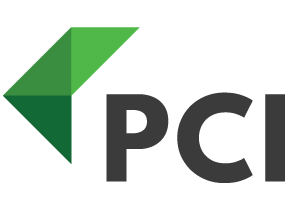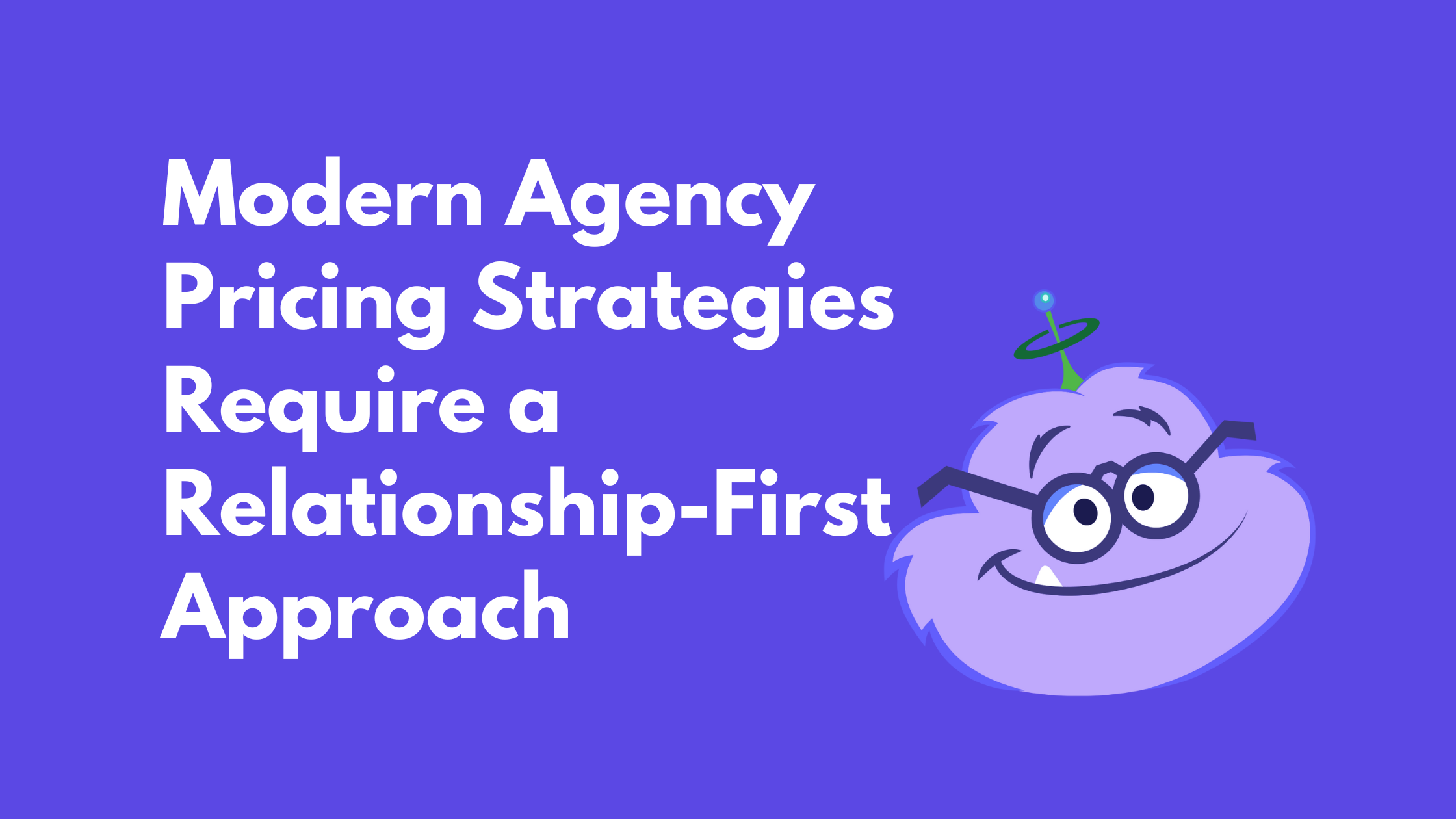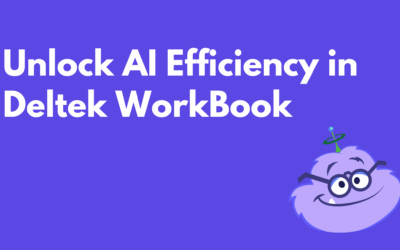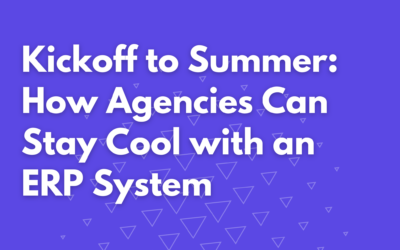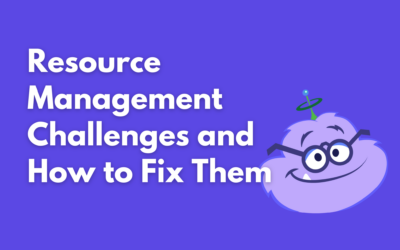In an industry where budgets and expectations constantly evolve, the traditional models of agency pricing are showing their age. The era of purely transactional relationships is giving way to a more collaborative, relationship-first approach. This shift not only reflects changes in the market but also a deeper understanding of what drives successful partnerships.
The Evolution of Agency Pricing
Historically, agencies have relied on three primary pricing models: hourly rates, project-based fees, and retainers. While these models have served their purpose, they often fall short in today’s fast-paced, results-driven environment.
Hourly Rates
The hourly model, where clients are billed for the time spent on their projects, often leads to inefficiencies. It incentivizes agencies to clock more hours rather than deliver value. Plus, it creates uncertainty for clients who want predictable costs.
Project-Based Fees
Project-based fees offer more predictability but can still be problematic. They often lead to scope creep, where the project’s demands exceed the initial agreement, causing friction between agencies and clients.
Retainers
Retainers provide a steady income for agencies but can become stale and lack flexibility. Clients might feel they’re paying for services they no longer need or aren’t getting enough attention when priorities shift.
Why Relationship-First Pricing Matters
In today’s market, clients seek more than just a service provider—they want a partner who understands their business and can adapt to changing needs. A relationship-first approach to pricing fosters long-term partnerships built on trust and mutual success.
Value-Based Pricing
One modern strategy gaining traction is value-based pricing. This model shifts the focus from hours worked to the results delivered. Agencies and clients agree on the value of the outcome, aligning incentives and fostering a collaborative relationship.
For example, an agency might charge based on the increased revenue or improved brand awareness resulting from a campaign. This aligns the agency’s success with the client’s goals, creating a win-win scenario.
Performance-Based Pricing
Performance-based pricing is another innovative approach. Here, agencies earn a portion of their fees based on the performance metrics agreed upon. This could be anything from lead generation to social media engagement. It ensures that agencies are fully invested in the client’s success, as their compensation depends on the results achieved.
Flexible Retainers
Flexible retainers offer a modern twist on the traditional retainer model. Instead of a fixed monthly fee, the retainer adjusts based on the services used and the client’s changing needs. This allows for more agility and responsiveness, ensuring clients feel they are getting value for money.
Building Trust Through Transparency
A relationship-first pricing strategy hinges on transparency. Agencies need to be open about their pricing structures and the value clients receive. Regular check-ins and performance reviews can help maintain alignment and address any concerns promptly.
Clear Communication
Effective communication is at the heart of a successful partnership. Agencies should set clear expectations from the outset and provide regular updates on progress and outcomes. This builds trust and ensures both parties are on the same page.
Data-Driven Insights
Utilizing data-driven insights can further enhance transparency. By tracking and sharing key performance indicators (KPIs), agencies can demonstrate the tangible value they bring to the table. This not only justifies the pricing but also strengthens the client’s confidence in the agency’s capabilities.
The Future of Agency Pricing
The shift towards relationship-first pricing is not just a trend—it’s the future of the industry. Agencies that adopt this approach are better positioned to build lasting partnerships and drive sustainable growth for their clients.
Adapting to Change
The business landscape is continually evolving, and so are client expectations. Agencies must remain flexible and willing to adapt their pricing models to meet these changing needs. This might involve experimenting with hybrid models or developing customized solutions for individual clients.
Investing in Relationships
At the core of this approach is a genuine investment in the client-agency relationship. By prioritizing the client’s success and viewing pricing as a collaborative tool rather than a transactional necessity, agencies can cultivate deeper, more meaningful partnerships.
Conclusion
Modern agency pricing strategies must evolve to meet the demands of today’s market. By adopting a relationship-first approach, agencies can create more value for their clients and build stronger, more sustainable partnerships. Whether through value-based pricing, performance-based models, or flexible retainers, the future of agency pricing lies in fostering trust, transparency, and mutual success.
Are you ready to transform your pricing strategy? Start by reevaluating your current models and exploring how a relationship-first approach can drive better results for your agency and your clients.
